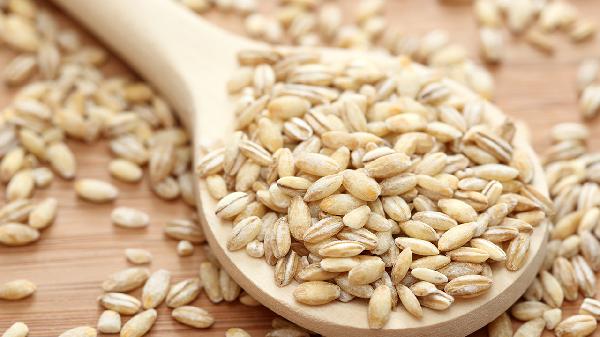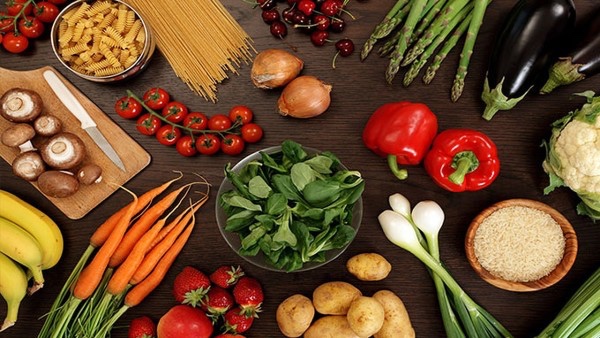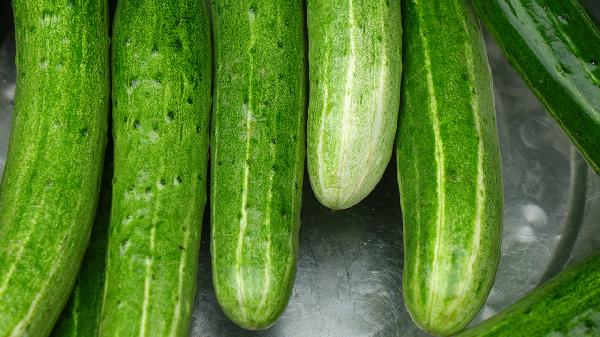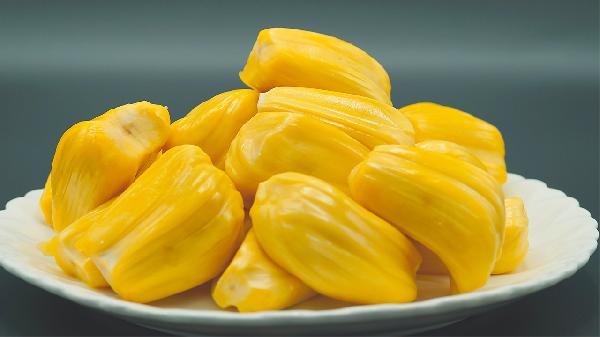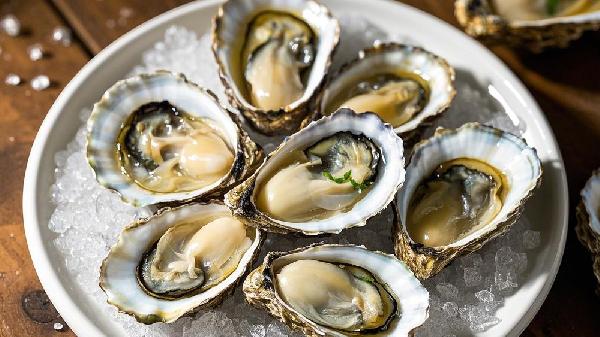Cooking a pig underground, also known as pit roasting, is a time-honored tradition that brings people together for a feast like no other. This method, rooted in ancient cooking techniques, involves slow-roasting a whole pig in a pit dug into the ground, resulting in tender, smoky, and incredibly flavorful meat. While it may sound intimidating, with the right preparation and a bit of patience, you can master this culinary art and impress your friends and family with a meal they’ll never forget.
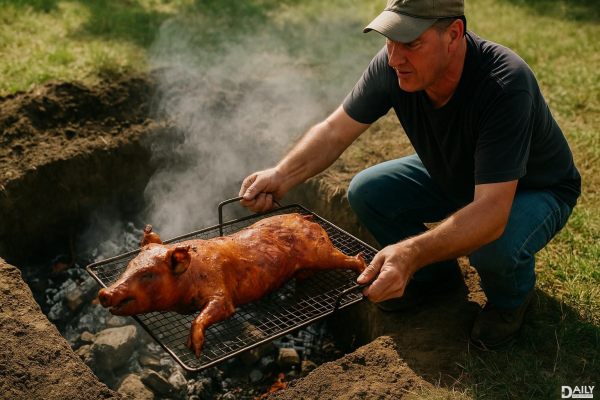
Before you start digging, you’ll need to select the right pig for your pit roast. A pig weighing between 50 to 100 pounds is ideal for most gatherings, as it’s manageable in size and cooks evenly. Make sure to source your pig from a reputable butcher or farm, and ensure it’s properly cleaned and prepared. If you’re new to this, don’t hesitate to ask your butcher for advice on the best size and cut for pit roasting.
The pit is the heart of this cooking method, and its preparation is crucial. Start by choosing a location that’s safe and free from flammable materials. Dig a pit that’s about 6 feet long, 4 feet wide, and 3 feet deep—this size will comfortably accommodate a medium-sized pig. Line the pit with large, flat stones or bricks to retain heat. Once the pit is ready, gather plenty of hardwood (like oak, hickory, or applewood) to create the coals that will cook your pig. Avoid softwoods like pine, as they can impart a bitter flavor to the meat.
Now it’s time to build the fire that will transform your pit into a cooking powerhouse. Start by stacking your hardwood in the pit and lighting it. Let the fire burn until it reduces to a bed of hot coals—this process can take several hours, so plan accordingly. Once the coals are ready, spread them evenly across the bottom of the pit. This ensures consistent heat distribution, which is key to cooking the pig evenly.
While the fire is burning down, prepare your pig for roasting. Rinse the pig thoroughly and pat it dry. Season it generously with a dry rub or marinade of your choice—classic options include a mix of salt, pepper, garlic, paprika, and herbs. For added flavor, you can stuff the cavity with aromatics like onions, garlic, lemons, and fresh herbs. Once seasoned, wrap the pig securely in heavy-duty aluminum foil or banana leaves to protect it from direct heat and retain moisture.
With the coals ready and the pig prepped, it’s time to lower it into the pit. Carefully place the wrapped pig onto the bed of coals, ensuring it’s centered and not touching the sides of the pit. Cover the pig with a layer of wet burlap sacks or banana leaves to trap steam and keep the meat moist. Finally, shovel the dirt back into the pit, covering the pig completely. This creates an airtight seal, locking in heat and allowing the pig to cook slowly and evenly.
Patience is key when it comes to pit roasting. Depending on the size of the pig, cooking times can range from 8 to 12 hours. Resist the urge to check on it too often—opening the pit can release heat and disrupt the cooking process. Instead, trust the process and let the magic happen underground. The low, slow heat will break down the pig’s connective tissues, resulting in meat that’s fall-off-the-bone tender.
When the cooking time is up, it’s time to unearth your masterpiece. Carefully remove the dirt and burlap sacks, being cautious of the heat. Use gloves or tools to lift the pig out of the pit and unwrap it. The aroma of smoky, succulent pork will be irresistible. Let the pig rest for a few minutes before carving it into portions. Serve it with your favorite sides, like coleslaw, cornbread, or roasted vegetables, and enjoy the fruits of your labor.
Pit roasting a pig is more than just a cooking method—it’s an experience that brings people together and creates lasting memories. With the right preparation, a bit of patience, and a whole lot of enthusiasm, you can pull off this ancient culinary tradition and serve up a feast that’s truly unforgettable. So, roll up your sleeves, gather your crew, and get ready to dig into one of the most epic meals of your life.



